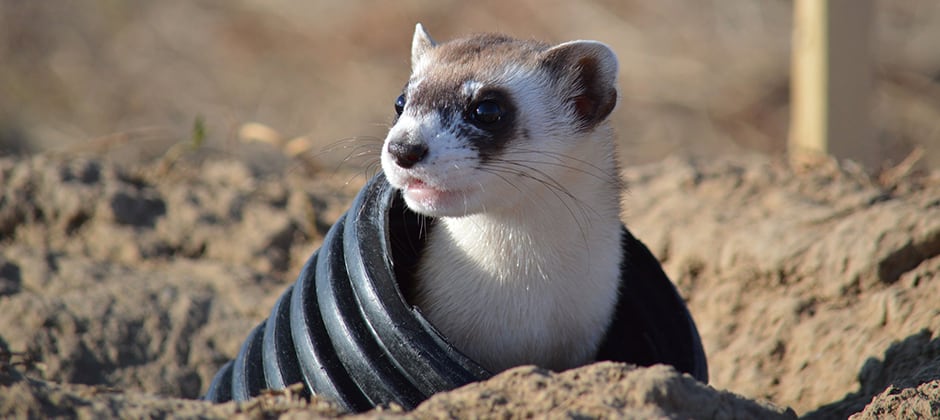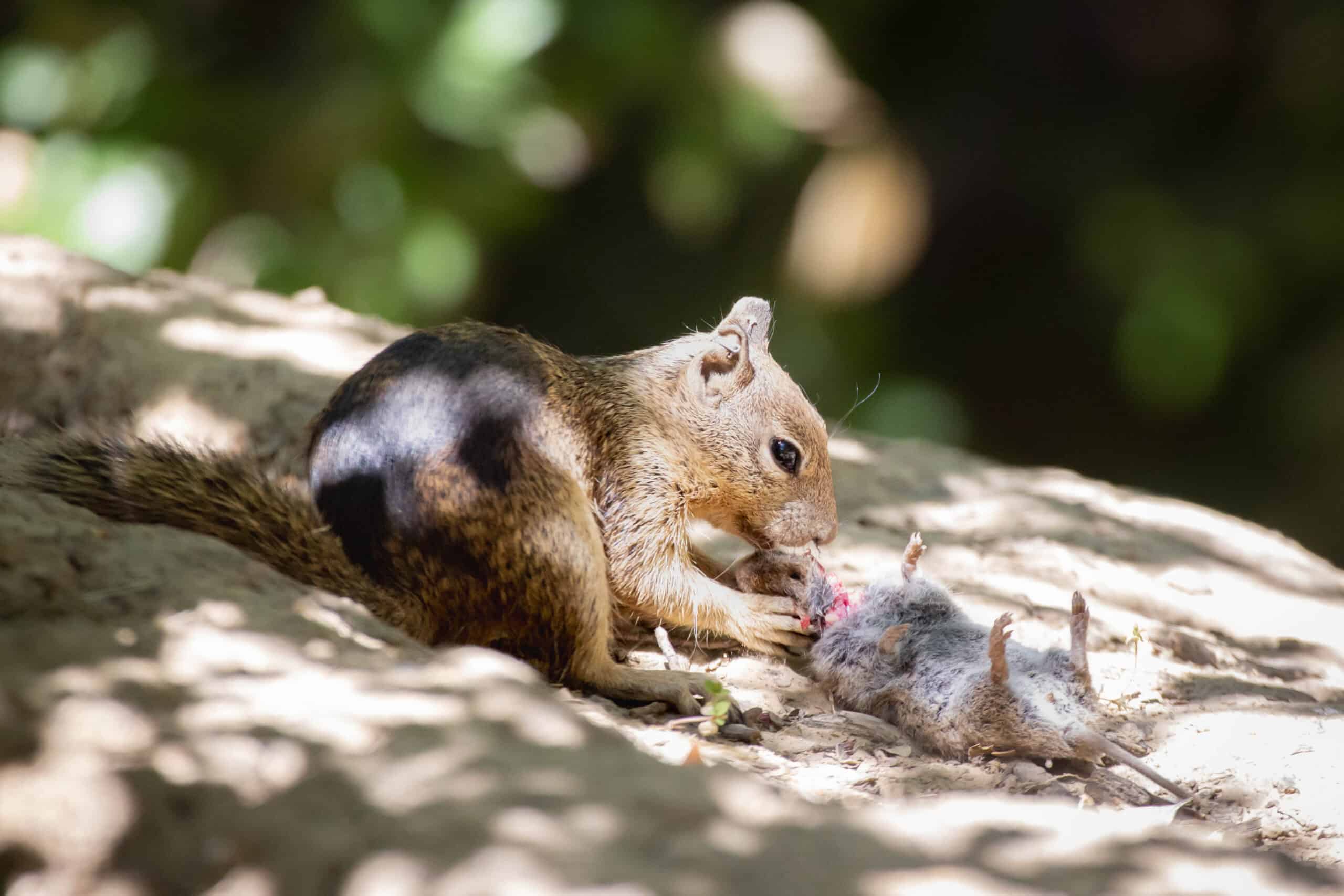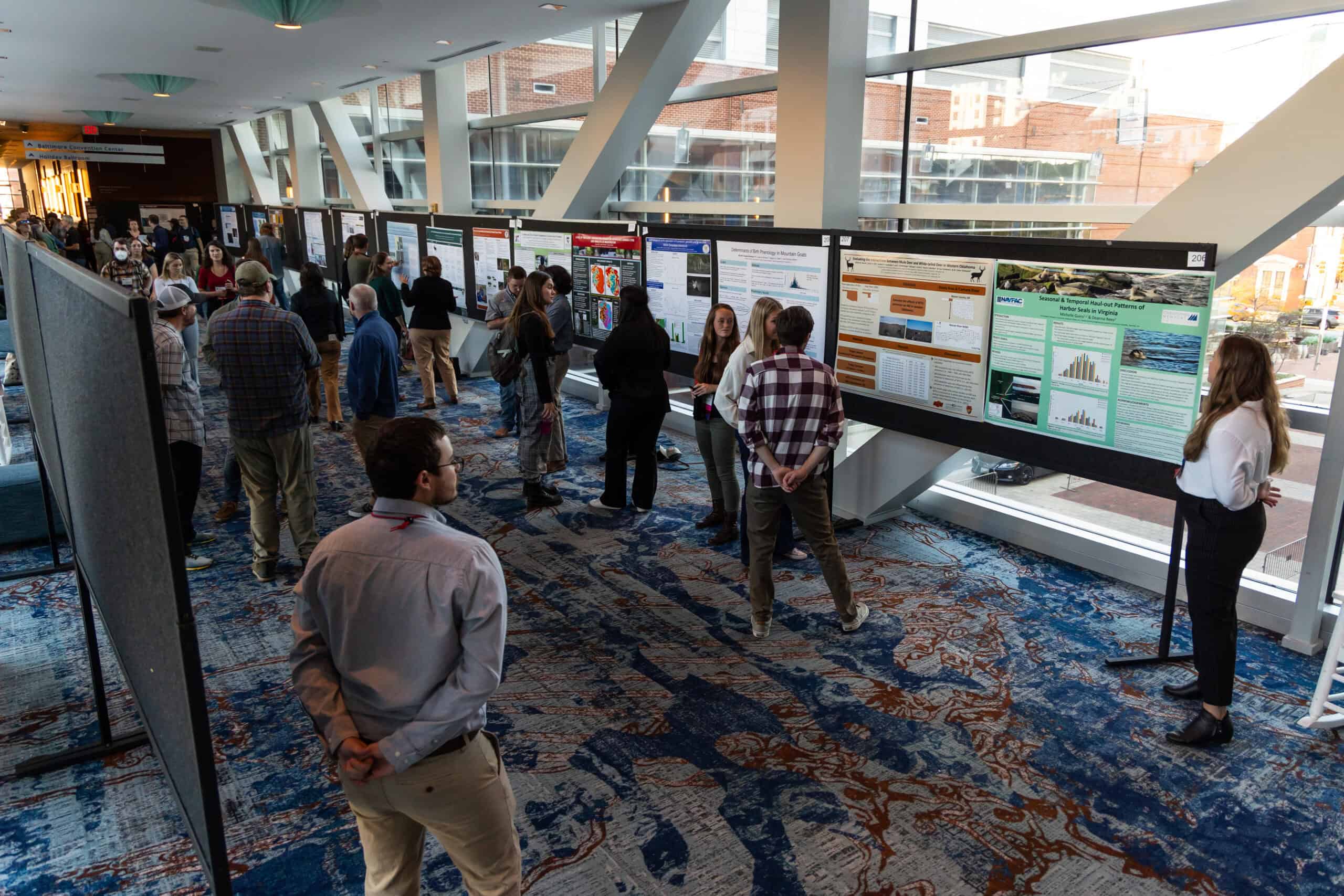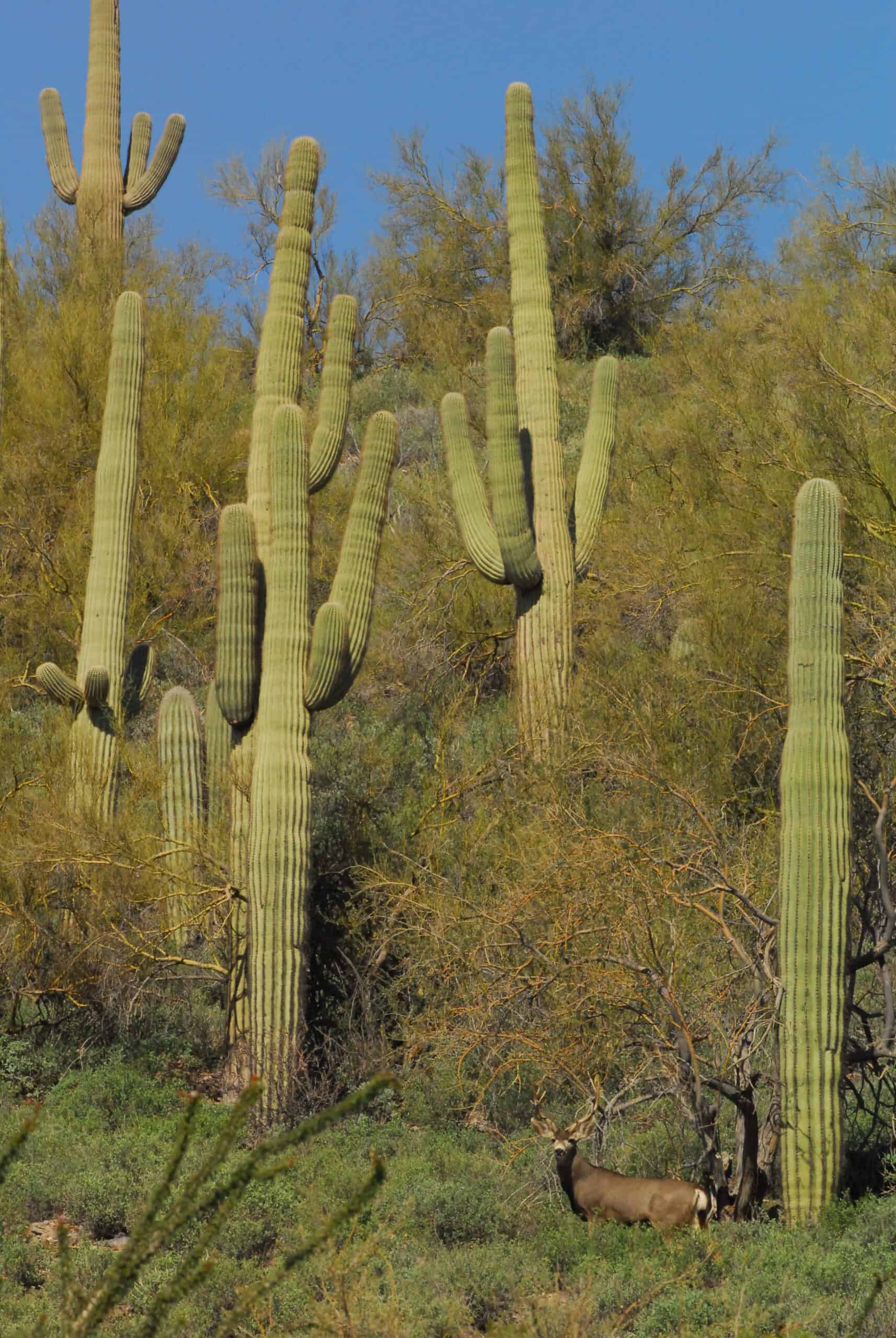Share this article
Who knew ferrets could fly?
The next time you fly through Denver, keep a watch for Wellington, the newest Airbus 320 in Frontier Airline’s fleet. You’ll recognize it by the 38-foot high, full color image of a black-footed ferret (Mustela nigripes) on the tail.
The name, emblazed at the front of the aircraft, recognizes the Colorado city that is home to the U.S. Fish and Wildlife Service black-footed ferret captive breeding facility.
Frontier has partnered with the USFWS’s National Black-Footed Ferret Conservation Center to support its work and call attention to endangered species. As members of the Black-Footed Ferrett Recovery Implementation Team, staff from the USFWS, USDA Wildlife Services and Colorado Parks and Wildlife joined others at the aircraft’s unveiling ceremony, which highlighted the collaborative efforts among federal, state, tribal and nongovernmental organizations to recover this endangered species.
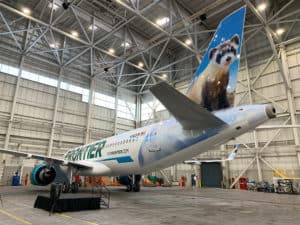
An image of a black-footed ferret appears on a Frontier Airlines jet to honor efforts to recover the species. ©USDA Wildlife Services
Black-footed ferrets are one of the nation’s most endangered mammals. They feed almost exclusively on prairie dogs. Plague can severely impact reintroduction and recovery efforts when it sweeps through a prairie dog colony.
Partnering efforts support recovery of the ferret by dusting prairie dog habitats with insecticide to reduce flea abundance and plague. Partners have also assisted in manufacturing and distributing oral plague vaccine baits, which was developed by U. S. Geological Survey scientists at the National Wildlife Health Center.
Wildlife Services is happy to cooperate in the efforts of the USFWS on black-footed ferret recovery. To learn more, visit www.blackfootedferret.org.
Header Image: Black-footed ferrets are one of the nation’s most endangered mammals. ©USDA Wildlife Services



